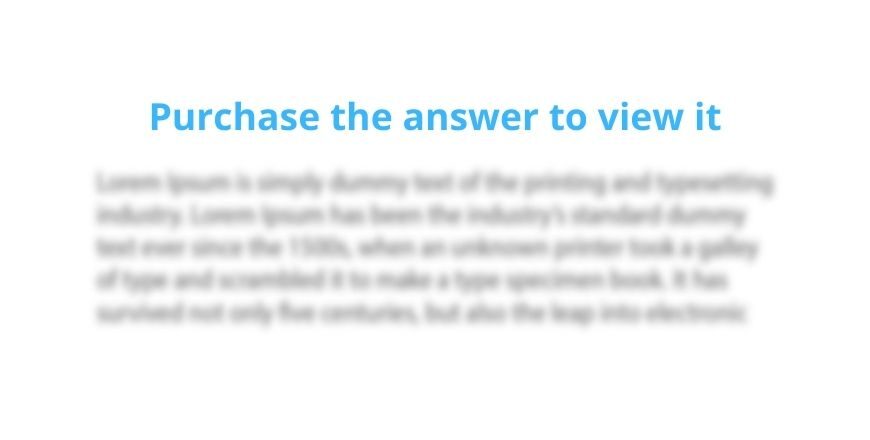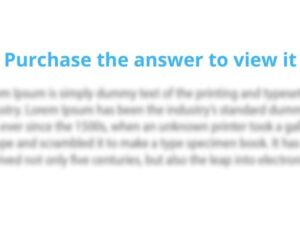API 141 Finance The Incurrence Of Debt Harvard University

Harvard University
API 141 Finance The Incurrence Of Debt Harvard University
Multiple Choice Questions
1. Homemade leverage is:
A. the incurrence of debt by a corporation in order to pay dividends to
shareholders.
B. the exclusive use of debt to fund a corporate expansion project.
C. the borrowing or lending of money by individual shareholders as a means of
adjusting their level of financial leverage.
D. best defined as an increase in a firm’s debt-equity ratio.
E. the term used to describe the capital structure of a levered firm.
2. Which one of the following states that the value of a firm is unrelated to the
firm’s capital structure?
A. Capital Asset Pricing Model
B. M & M Proposition I
C. M & M Proposition II
D. Law of One Price
E. Efficient Markets Hypothesis
3. Which one of the following states that a firm’s cost of equity capital is directly
and proportionally related to the firm’s capital structure?
A. Capital Asset Pricing Model
B. M & M Proposition I
C. M & M Proposition II
D. Law of One Price
E. Efficient Markets Hypothesis
4. Which one of the following is the equity risk that is most related to the daily
operations of a firm?
A. market risk
B. systematic risk
C. extrinsic risk
D. business risk
E. financial risk
5. Which one of the following is the equity risk related to a firm’s capital structure
policy?
A. marke
t
B. systemati
c
C. extrinsi
c
D. business
E. financia
l
6. Butter & Jelly reduced its taxes last year by $350 by increasing its interest
expense by $1,000. Which of the following terms is used to describe this tax
savings?
A. interest tax
shield
B. interest
credit
C. financing
shield
D. current tax
yield
E. tax-loss
interest
7. The unlevered cost of capital refers to the cost of capital for a(n):
A. private
entity.
B. all-equity
firm.
C. governmental
entity.
D. private
individual.
E. corporate
shareholder.
8. The explicit costs, such as legal and administrative expenses, associated with
corporate default are classified as _____ costs.
A. flotatio
n
B. issue
C. direct
bankruptcy
D. indirect
bankruptcy
E. unlevere
d
9. The costs incurred by a business in an effort to avoid bankruptcy are classified
as _____ costs.
A. flotatio
n
B. direct
bankruptcy
C. indirect
bankruptcy
D. financial
solvency
E. capital
structure
10.By definition, which of the following costs are included in the term “financial
distress costs”?
I. direct bankruptcy costs
II. indirect bankruptcy costs
III. direct costs related to being financially distressed, but not bankrupt
IV. indirect costs related to being financially distressed, but not bankrupt
A. I
only
B. III
only
C. I and II
only
D. III and IV
only
E. I, II, III, and IV
11.The proposition that a firm borrows up to the point where the marginal benefit
of the interest tax shield derived from increased debt is just equal to the
marginal expense of the resulting increase in financial distress costs is called:
A. the static theory of capital
structure.
B. M & M Proposition
I.
C. M & M Proposition
II.
D. the capital asset pricing
model.
E. the open markets
theorem.
12.Which one of the following is the legal proceeding under which an insolvent
firm can be reorganized?
A. restructure
process
B. bankruptc
y
C. forced
merger
D. legal
takeover
E. rights
offer
13.A business firm ceases to exist as a going concern as a result of which one of
the following?
A. divestitur
e
B. share
repurchase
C. liquidatio
n
D. reorganizatio
n
E. capital
restructuring
14.Edwards Farm Products was unable to meet its financial obligations and was
forced into using legal proceedings to restructure itself so that it could
continue as a viable business. The process this firm underwent is known as a:
A. merger
.
B. repurchase
program.
C. liquidatio
n.
D. reorganizatio
n.
E. divestitur
e.
15.The absolute priority rule determines:
A. when a firm must be declared officially
bankrupt.
B. how a distressed firm is
reorganized.
C. which judge is assigned to a particular bankruptcy
case.
D. how long a reorganized firm is allowed to remain under bankruptcy
protection.
E. which parties receive payment first in a bankruptcy
proceeding.
16.A firm should select the capital structure that:
A. produces the highest cost of
capital.
B. maximizes the value of the
firm.
C. minimizes
taxes.
D. is fully
unlevered.
E. equates the value of debt with the value of
equity.
17.The value of a firm is maximized when the:
A. cost of equity is
maximized.
B. tax rate is
zero.
C. levered cost of capital is
maximized.
D. weighted average cost of capital is
minimized.
E. debt-equity ratio is
minimized.
18.The optimal capital structure has been achieved when the:
A. debt-equity ratio is equal to
1.
B. weight of equity is equal to the weight of
debt.
C. cost of equity is maximized given a pre-tax cost of
debt.
D. debt-equity ratio is such that the cost of debt exceeds the cost of
equity.
E. debt-equity ratio results in the lowest possible weighted average cost of
capital.
Preview

NOTE: Please check the details before purchasing the document.

